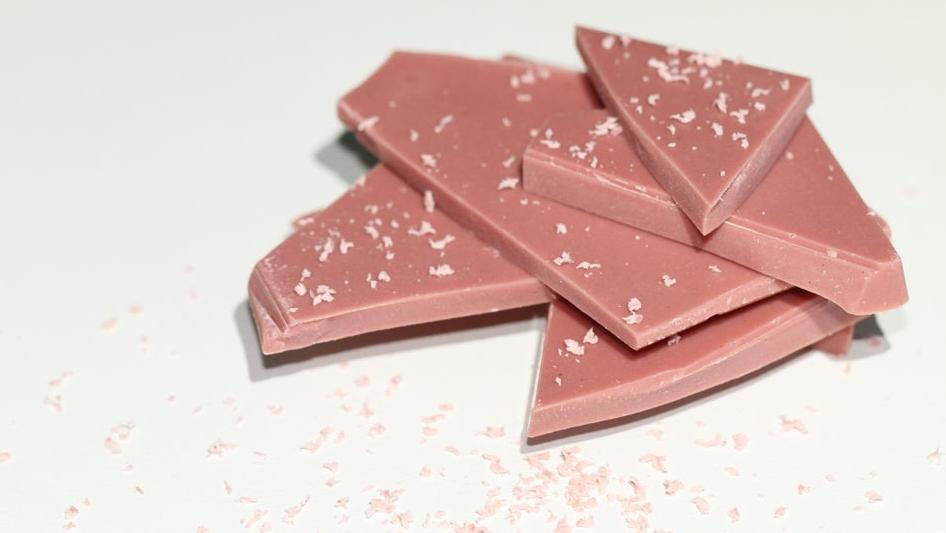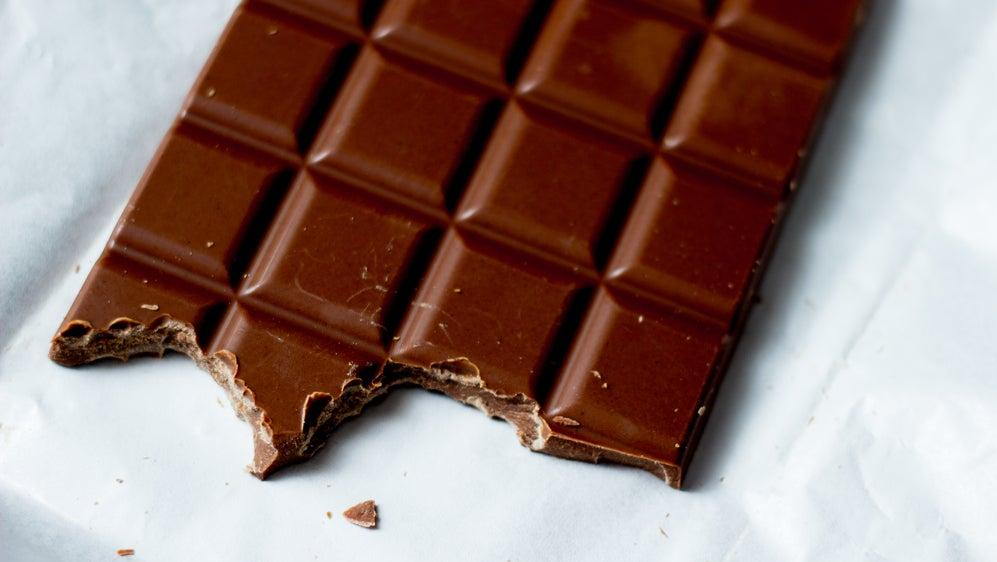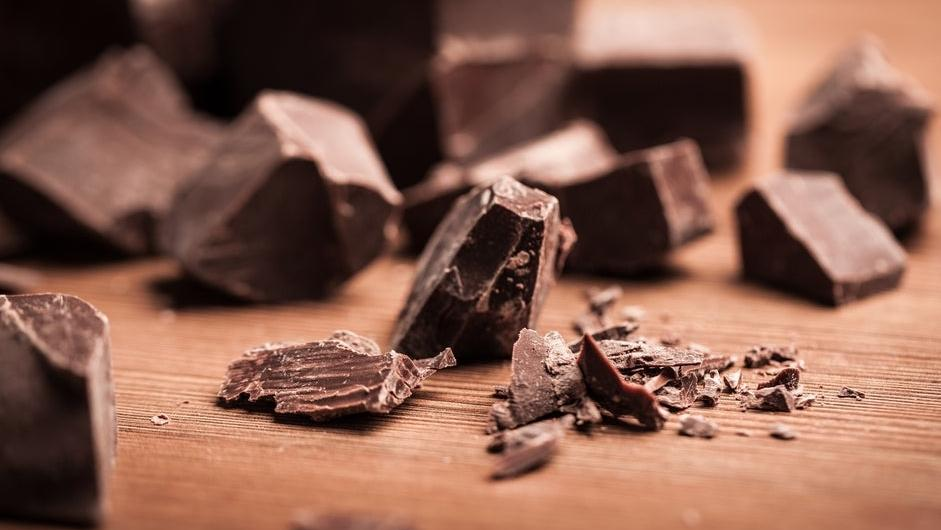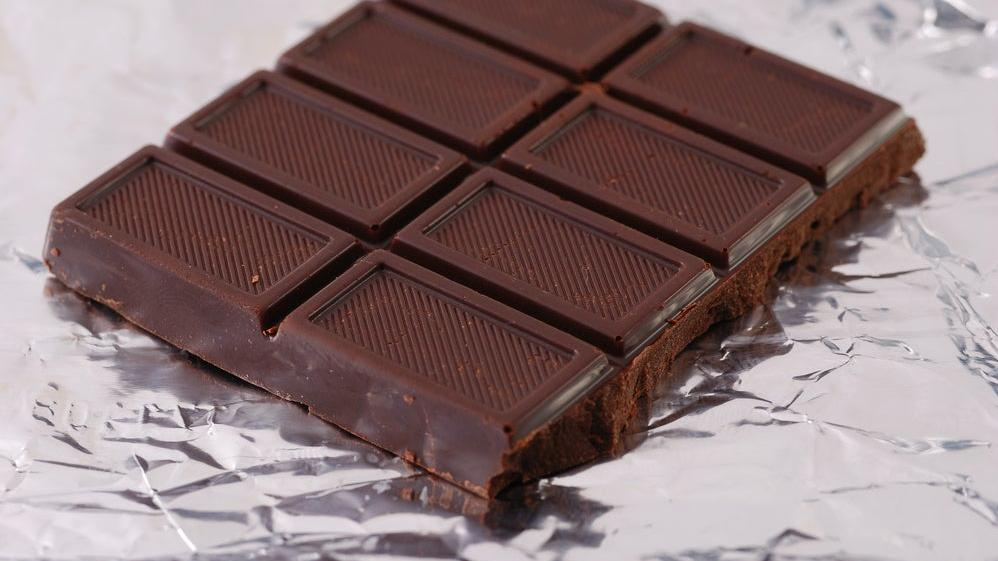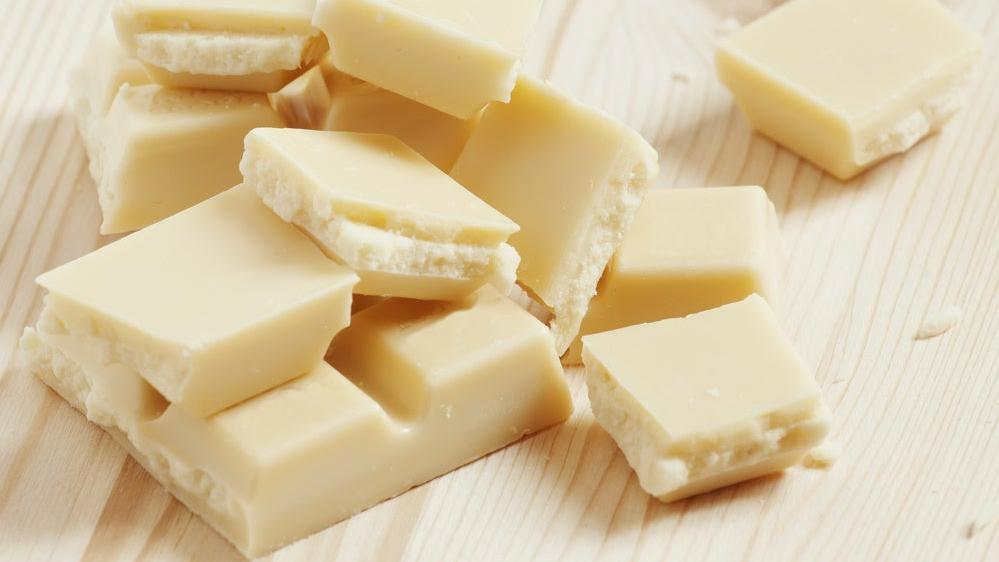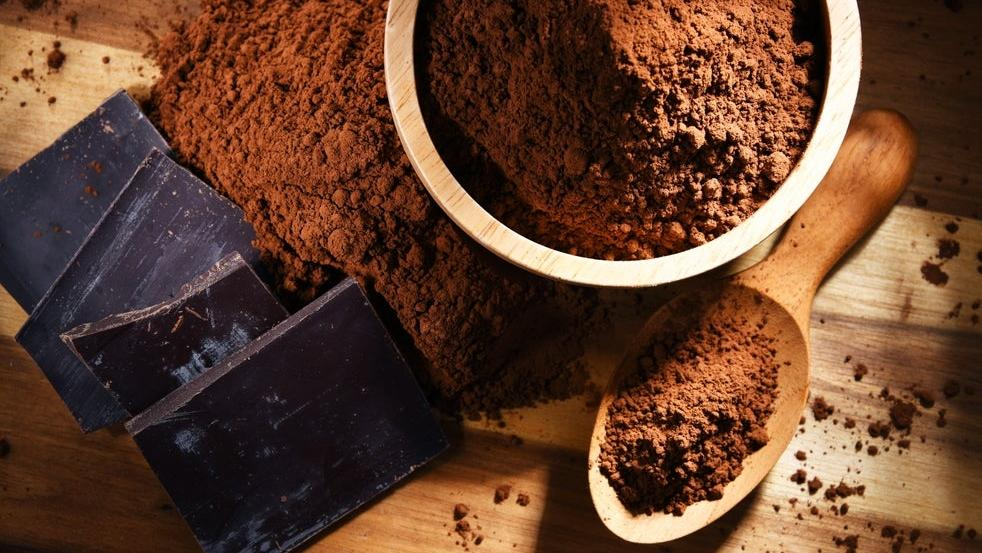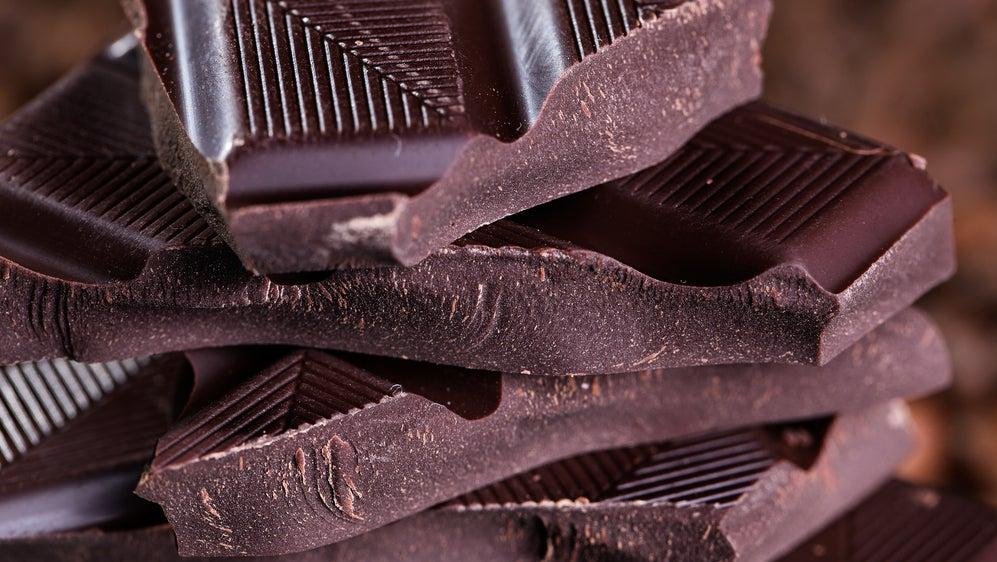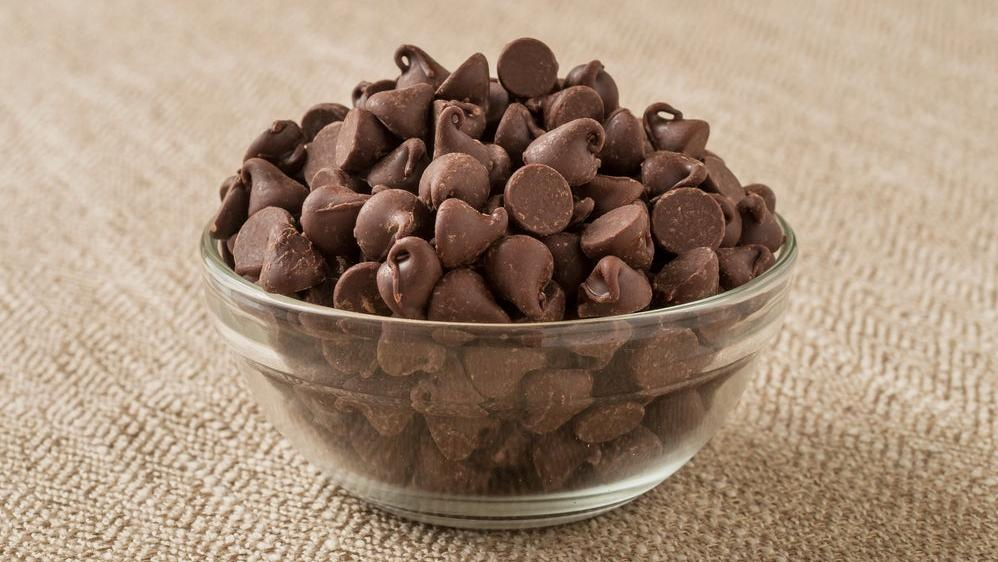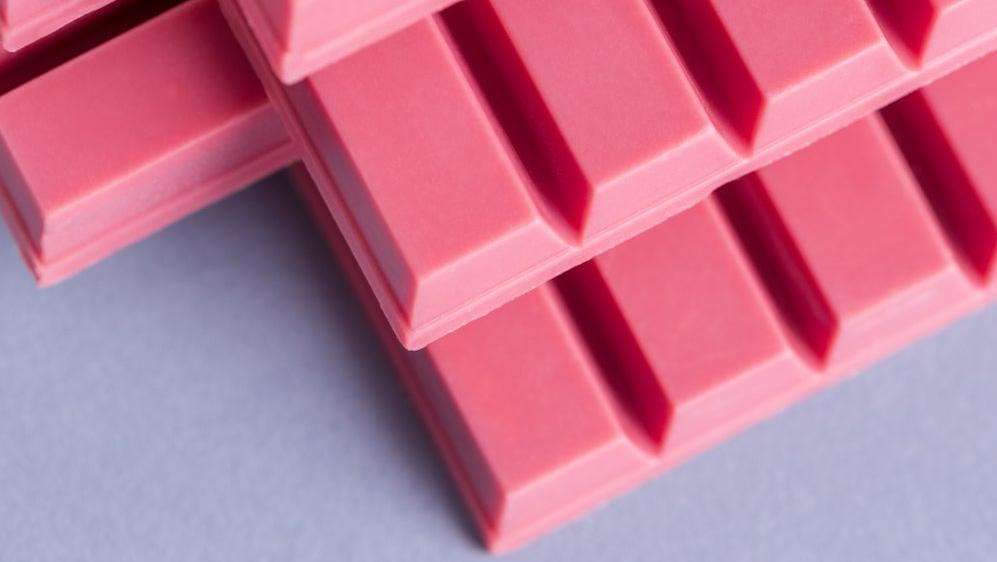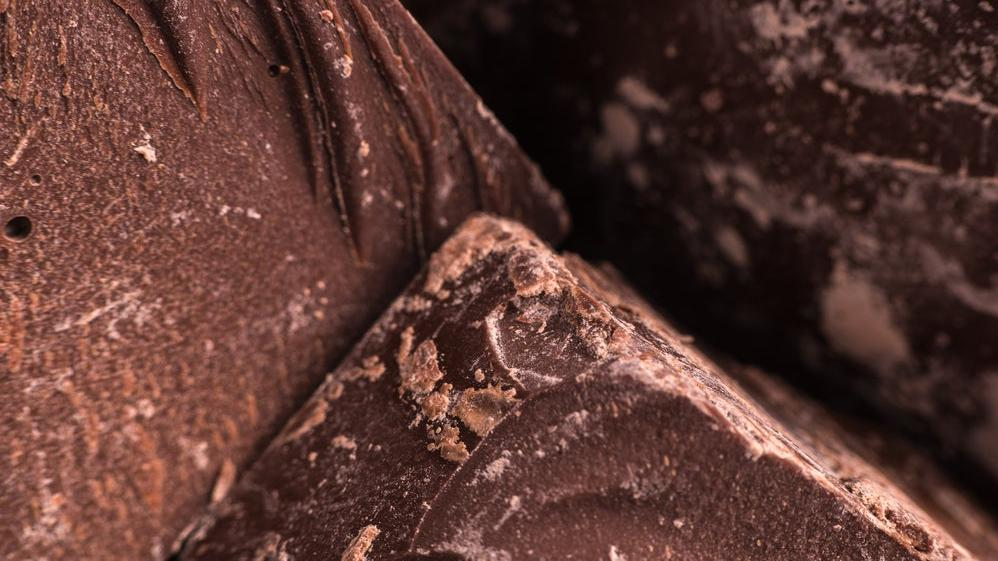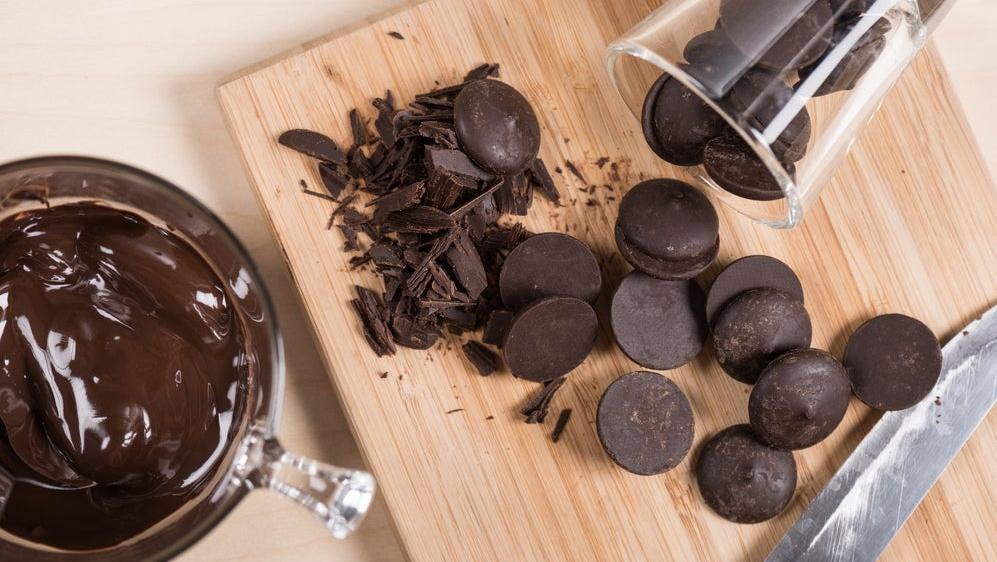10 Types Of Chocolate And How To Use Them
The difference between milk chocolate, dark chocolate, white chocolate, and more, explained.
You might consume chocolate in a thousand different forms in your day-to-day life, but the process by which it's made is not something we think about very often. Could you really explain the difference between, say, milk chocolate and Dutch chocolate? Or white and dark?
All chocolate stems back to Central and South America, and all of it comes from the cacao tree. These trees produce fruit pods that each contain about 30 cocoa beans; after the process of drying and roasting, the beans are ready to become our favorite desserts. Since its cultivation in what is now Ecuador over 5,300 years ago, chocolate has been processed in countless new ways and it has taken many forms in the global marketplace. Here are 10 different types of chocolate and how to use them.
Milk chocolate
Dreamy, silky, and milky: These are the qualities of a strong milk chocolate, and we're tempted to say it's best enjoyed straight from the packaging. That's because milk chocolate isn't typically a first choice for baking—since it's already sweet, it can lead to imbalance in any baked goods whose ingredients list already contains sugar. Chocolate bars intended for snacking generally have more sweeteners than those specific to baking, and since chocolates with more sugar tend to caramelize quicker, they are prone to burning. Stick to popping these chocolates straight into your mouth.
Baking chocolate
Judging by the name "baking chocolate," you've surely put two and two together. Its intended use ranges from brownies to cakes to cookies, and with a milder amount of sugar (often none at all), it's every baker's friend due to its ability to be dressed up or down. It's also easier to work with in recipes because it can be melted without tempering. By no means a snacking chocolate, this variety, on its own, can have a rather neutral taste with a chalky texture when broken apart.
Dark chocolate
The versatility of dark chocolate is unmatched. Though they can vary in darkness, something all dark chocolates share is that, unlike milk chocolate, they do not contain milk powder. This allows for richer, more bitter notes and often a more brittle texture, good for both snacking and baking. Dark chocolate bars and chips typically list a percentage on the label to indicate how much cocoa mass they contain (mass includes cocoa powder and cocoa butter). This number is the amount of cocoa mass divided by the bar's total weight. For a chocolate to be considered dark, it's usually at least 55%. The darker you go, the more complexity you bring to your baked goods.
White chocolate
White chocolate contains cocoa butter, derived from the cocoa bean, but does not have any of the cocoa solids that lend other varieties of chocolate its flavor. Cocoa butter, as the vegetable fat it is, plays a role in holding the other ingredients together: milk solids, vanilla, and sugar are combined to create this mellow substance. Without the complexity of the cocoa solids, white chocolate can often taste flatly sweet, both as a snack and as an ingredient. So if you're looking for an elevated form of white chocolate, try blonde chocolate—that's white chocolate that has been caramelized.
Dutch-process cocoa powder
What's Dutch-process cocoa powder all about? How does it differ from regular cocoa? Sharp and bitter in flavor, cocoa powder is derived from cocoa beans that have endured the process of fermentation and drying, followed by roasting. It's acidic, and this is what differentiates regular cocoa powder from the Dutch-process variety. Thanks to a potassium carbonate bath, Dutch-process cocoa powder has a lowered pH level, lending a smoother finish with soft, darker notes and more prominent chocolate flavor. It will bring depth to brownies and hot chocolate, and can almost always be swapped into recipes that call for regular cocoa powder.
Bittersweet chocolate
Wandering the baking aisle at the grocery store, you may be wondering what differentiates bittersweet chocolate from its close relative, semisweet. Baked goods like chocolate chip cookies often require one of the two, and truth be told, they are pretty darn similar. Bittersweet chocolate contains around 70% cocoa, giving it a sharp flavor and a texture on the drier side. Darker in color than its semisweet counterpart, bittersweet chocolate tastes more intense, probably too intense, on its own versus when it's incorporated into something like truffles or mousses. It's meant for baking, and there are much more suitable chocolates for snacking out there. Unsweetened chocolate still reigns as darker and stronger in flavor than bittersweet.
Semisweet chocolate
Semisweet chocolate is just that: kind of sweet, but also in the dark chocolate family. Made with more sugar than bittersweet chocolate, it contains 60% cocoa on average. Milk chocolate is still lighter than semisweet, and semisweet offers more bitterness and bite, making it the perfect middle ground for brownies or any baked good where sugar will be added. Semisweet also melts more readily than bittersweet, so it's great for chocolate sauces. You can snack on it, but there are better options out there for consuming plain.
Ruby chocolate
Ruby chocolate's got a romantic name and enticing color—who wouldn't want to indulge in a rosy-hued chocolate bar? It's a relatively new culinary invention, developed for commercial use in 2017 by Swiss chocolate manufacturer Barry Callebaut. The pink hue is not a dye but rather a naturally occurring shade, thanks to the selectively chosen cacao pods and the special process they undergo once harvested. With a texture similar to that of milk chocolate, ruby chocolate melts well, and its tasting notes are often compared to berries thanks to a natural acidity similar to red fruits. As such, it's often paired with fruit in various desserts, but it's a tasty form of chocolate on its own, too.
Raw chocolate
Let's get this straight: for chocolate to truly be "raw," it would have to be plucked straight from the cacao pod. Instead, so-called raw chocolate as we know it is simply a less processed kind, one with little to no sugar and whose beans haven't been roasted during production. Raw chocolate may also contain caffeine-like stimulants, similar to some dark chocolates. Raw chocolate can be used for baking, though it isn't ideal due to its high acidic content as a result of a small amount of roasting time. It can be found in powders or bars, and is extremely bitter, sharp, and tart in flavor.
Couverture Chocolates
Couverture, the French word for "blanket," aptly describes the function of this chocolate. Thanks to its ability to dry with a glossy shine, all kinds of desserts are dipped into it, like chocolate-covered strawberries, and it can form an impossibly gleaming mirror glaze on top of cakes and other baked goods. You may find it in the form of chips at the grocery store, and it's got a nice, decadent snap when you bite into it. How does it hold together so well? That's the extra cocoa butter added during processing, making it ideal for tempering. It's not intended for actually baking in the oven, however, as its lowered cocoa content doesn't give it sufficient structure. Couverture chocolate often tastes sweeter, and it'll surely produce the most photogenic results.
